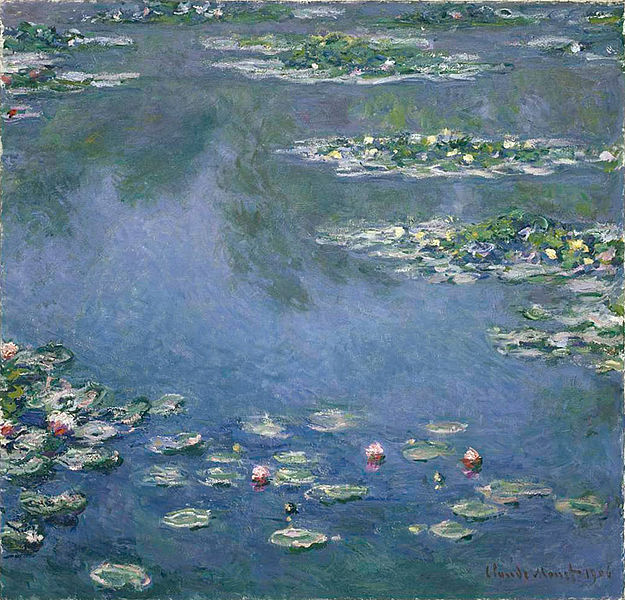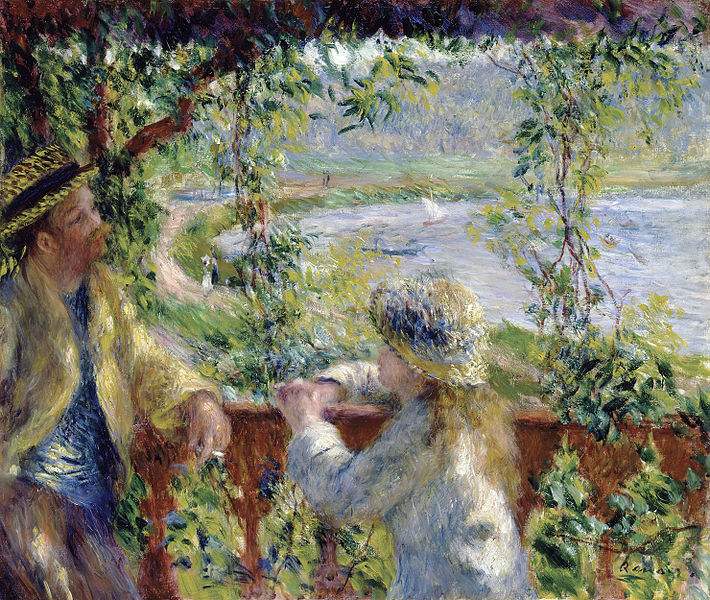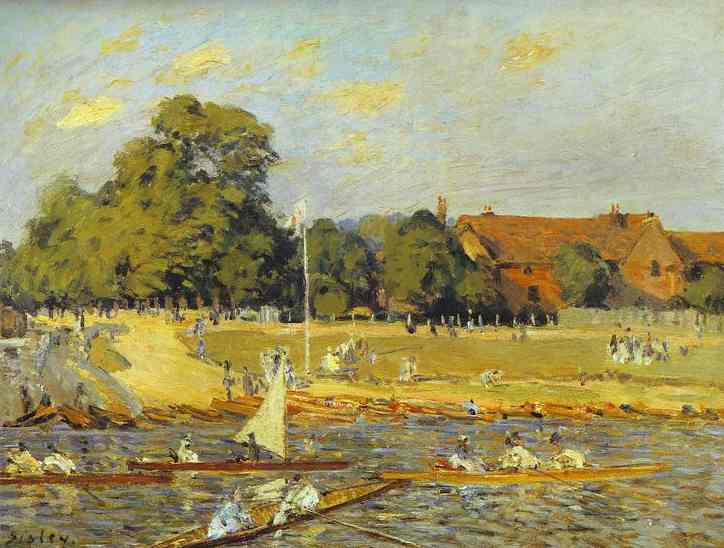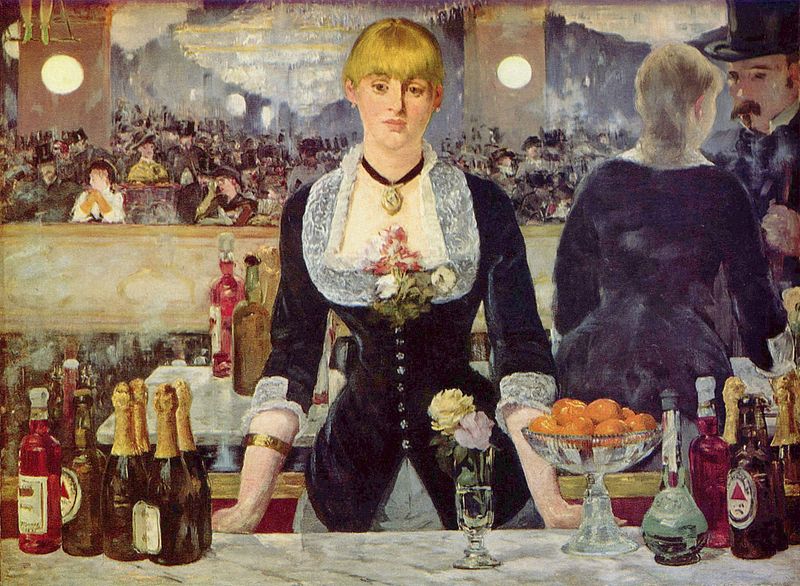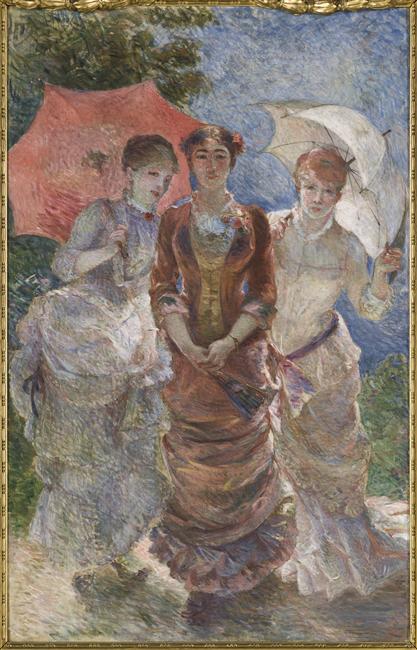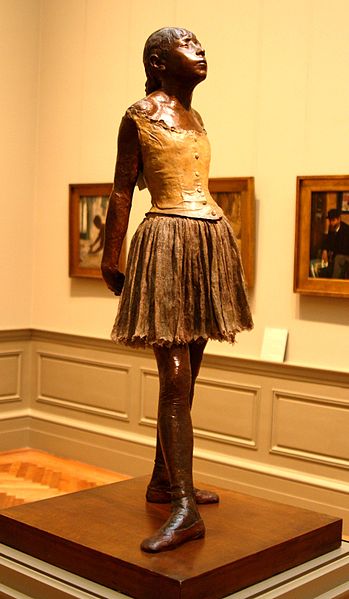IMPRESSIONISM ART
1865 - 1892
By the late 1800’s photography had already become commonplace. The role of the artist moved from recording the world, to providing understanding. Into the breach stepped a group of French artists who took the Realists view of common life and gave it spirit. Where Realists highlighted the sharp realities of life, Impressionists captured the blur of a brief moment in time.
Impressionism was the first major art movement to rely on interaction between artist and viewer. Before the Impressionists artists captured reality. After the Impressionists artists provided a viewpoint. Perhaps Edgar Degas, one of the original Impressionists, said it best: “Art is not what you see, but what you make others see.”
This is the departure point for modern art as art became as much about the impression an artist wished to create as the technical mastery of their craft.
Impressionism describes the work of a group of French painters who wanted to capture the effects of light in its ever-changing glory. Visible brushstrokes lent an almost hurried appearance to studies of everyday subjects.
The difference between Realists and Impressionists is the same as the gap between staring at a subject for hours on end, absorbing every detail; and a quick glance that immediately captures the essence of a scene; or the "impression." To understand the difference, put Caillebotte’s, "Paris Street; Rainy Day," next to Monet’s, "Impression, Sunrise," the painting that gave this art movement its name. Although Caillebotte often showed his work in Impressionist exhibits, this painting captures the scene in photographic detail. Monet’s work could never be considered photographic. Rather, it concentrates more on light and color.
Their movement soon spread across the Atlantic where American Impressionists brought a somewhat crisper style to the loose brushstrokes, and subject-in-motion studies made popular by their European counterparts.
